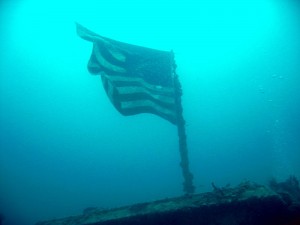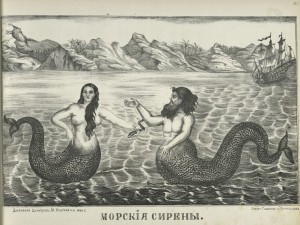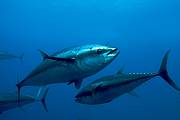

On Tuesday, after what seems like an eternity of campaigning, millions of Americans will head to the polls to vote for our next President. Voters will consider numerous important issues, such as the economy, national security, and the endorsement of Lindsay Lohan. Recent polling indicates that Americans are split, and the election is expected to be very close. On an issue near and dear to my heart, the conservation of the ocean and marine life, one candidate is by far the best choice. I endorse President Barack Obama for re-election.
After promising to “restore science to its rightful place” in his 2009 inauguration speech, there are indeed many successes in conservation and science that President Obama can boast of. He has invested unprecedented amounts of Federal money in alternative energy sources, which, despite the bankruptcy of a few companies, will help reduce greenhouse gas emissions and combat climate change and ocean acidification- as will increased fuel efficiency standards. Early action resulted in conservation of wilderness rivers and trails, and Federal Everglades restoration funding has increased. Restrictions on stem cell research were greatly reduced, and mercury pollution was restricted by the EPA. Race to the top programs have improved science and math education in several states.
On ocean issues, the Obama administration has been a leader domestically and internationally. For the first time, the United States has a National Ocean Policy, which aims to reduce conflicts between different ocean stakeholders. President Obama signed both the Shark Conservation Act and the Billfish Conservation Act, which, despite being imperfect, are strong legal tools to protect charismatic and ecologically important top predators- and numerous other successes in improving the management of U.S. shark fisheries are detailed here. The Obama administration has aggressively pursued fisheries conservation internationally, at CITES, regional fisheries management organization meetings, and the Convention on Migratory Species.



